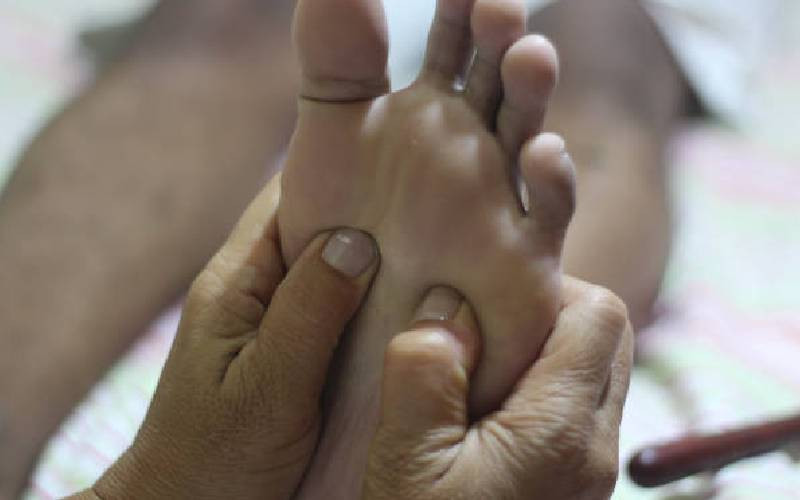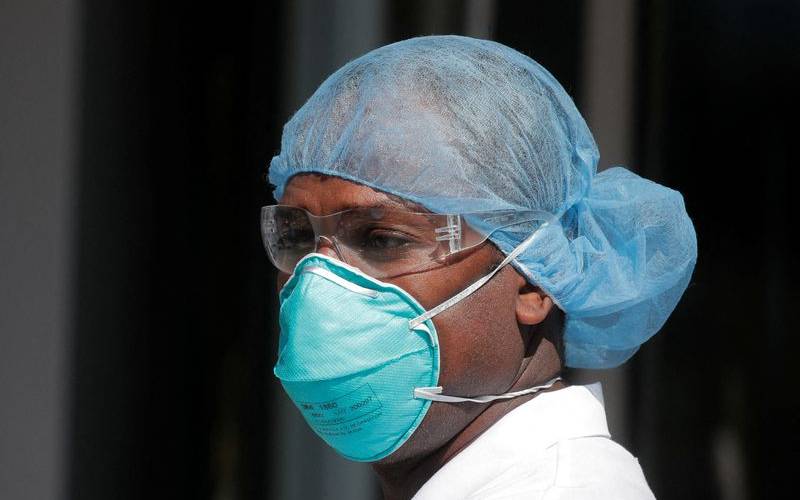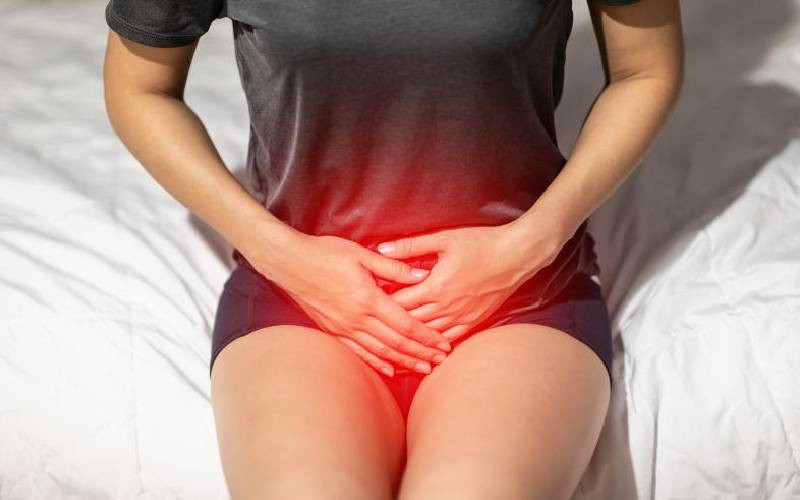Lorem ipsum dolor sit amet adipisicing elit. Sapiente fuga nisi rerum iusto intro.
Lorem ipsum dolor sit amet adipisicing elit. Sapiente fuga nisi rerum iusto intro.


Have you ever noticed your shoes feeling a bit tighter halfway through the day? You glance down, only to be surprised by a bulge around your ankles.
By evening, the discomfort intensifies, and what once felt like a light stroll now feels burdensome. This experience resonates with millions around the world who struggle with edema.
This is a condition marked by abnormal swelling in the body’s tissues, particularly in the lower limbs.
Edema affects 2-5 per cent of people worldwide, with higher rates among women due to hormonal changes, lifestyle factors, and conditions that influence fluid retention.
“Edema is more than an aesthetic concern; it’s a medical condition that, if untreated, can lead to chronic ulcers and infections,” says Dr Stephen Ondigo, a cardiothoracic surgeon.
Edema can stem from a variety of medical conditions, including heart or kidney failure, liver disease, and lymphatic system obstructions.
Each of these conditions contribute to build-up of fluids in body tissues.
“Edema occurs when there’s a disruption in the normal balance between capillary filtration and lymphatic drainage,” states Dr Ondigo, echoing insights from the National Centre for Biotechnology Information (NCBI).
Symptoms
This disruption can lead to fluid leaks into interstitial tissues, which is why legs and feet, where blood pressure is higher due to gravity, are commonly affected.
There are two primary forms of edema - pitting edema and non-pitting (lymphatic) edema.
Pitting edema, often linked to systemic issues like heart or kidney disease, occurs when pressing on swollen skin leaves a temporary indentation. This type is frequently associated with conditions that elevate capillary pressure, such as heart or kidney issues. Non-pitting edema, typical of lymphatic blockages or lymphedema, causes swelling that doesn’t indent when pressed.
Common symptoms include swelling that worsens throughout the day, pain from the stretched skin, and, in severe cases, a ‘weeping leg’ effect where fluid leaks from the skin. NCBI data notes that prolonged untreated edema may also lead to ulcerations, which are difficult to heal.
For individuals with underlying conditions, preventing edema can be challenging, yet lifestyle adjustments can significantly help. Dr Ondigo advises prioritising exercise, especially for those with sedentary routines or at higher risk, such as people with obesity.“Exercise is essential for promoting healthy blood and lymph flow,” he explains.
Fluid accumulation
Compression stockings are also effective in managing and preventing fluid accumulation, especially for those with lymphedema.
Dr Ondigo affirms that treatment should address the root cause. For the edema caused by heart, liver, or kidney issues, managing the primary condition is vital. According to World Health Organization guidelines, addressing contributing factors like obesity is also important, as excess weight can worsen fluid retention and complicate treatment efforts.


To personalise content, tailor ads and provide best user experience, we use cookies. By using our site, you agree to use our cookies. Privacy Policy
Subscribe to our newsletter and stay updated on the latest developments and special offers!


